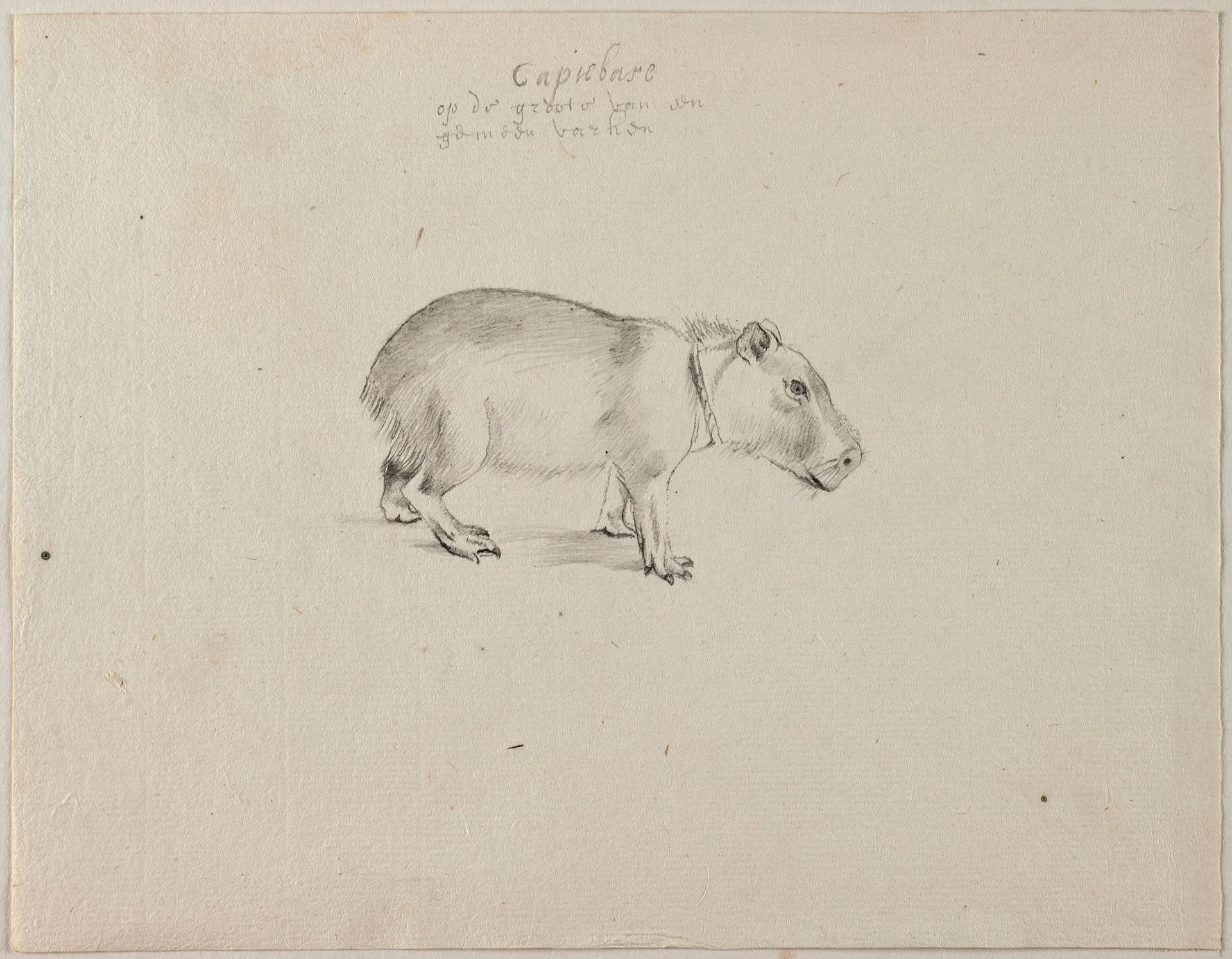The Rijksmuseum in Amsterdam is due to unveil 34 unknown drawings of Brazilian animals by the Dutch landscape artist Frans Post, providing a fascinating insight into the fauna of the New World in the 1630s. They were kept in an album dated 1667, which was donated in 1888 to the Noord-Hollands Archive in Haarlem. For centuries their importance had gone unrecognised, until the current archivist, Alexander de Bruin, was preparing an inventory. Intrigued by the quality of the works, he set out to investigate.
Post is known for his paintings of Brazilian scenes, a few of which were done during his stay in 1637-44. Most of them were completed back in the Netherlands. The Haarlem album suggests that paintings done on his return may be closer to reality rather than artistic inventions. Jane Turner, the editor of Master Drawings (which is publishing De Bruin’s study in its September issue), describes it as a “truly sensational discovery”.
When De Bruin found the unidentified 24 coloured drawings in gouache and watercolour and the 10 sketches in graphite the question was who had done them. Post (1612-80) was an obvious candidate, but there are no surviving drawings by him to compare them with and there were other artists who had worked in Brazil at the time.

Among the key evidence are depictions of a capybara, a large Latin American rodent. A capybara appears in Post’s oil painting View of the River São Francisco, Brazil (1639), now in the Louvre, and it is exactly the same as the animal in a preparatory drawing in the Haarlem album, except for one feature. In the preparatory drawing, the animal has a rope collar on its neck, showing that it was depicted in captivity. This proves that the drawing was not done after the painting, but was made in preparation for the subsequent oil painting.
Other animals in the album include a llama, Brazilian porcupine and white-eared opossum. The drawings have descriptions which mainly deal with their cuddliness and edibility for humans. The blue-nosed monkey is described as “very angry and malicious”, whereas the macaque is “very warm and friendly”. The six-banded armadillo is “good to eat, tastes like a chicken”.
De Bruin describes the animal studies as “the missing link between Post’s seven-year adventure and the paintings he produced on his return to Haarlem.” The newly discovered works are to go on display at the Rijksmuseum in Frans Post: Animals in Brazil (7 October-8 January 2017).

